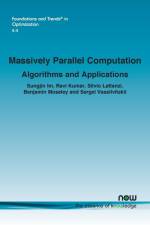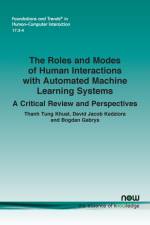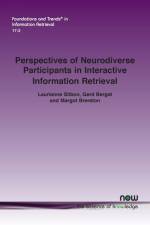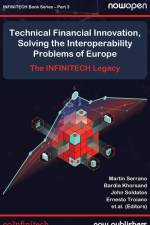von Christopher Lee Parrish
123,00 €
Firm Social Capital and the Innovation Process conceptualizes, measures, and evaluates social capital as a productive input for innovative firms. First, a theoretical production function is conceptualized that considers social capital as an input into the production of three important innovation outputs: receipt of developmental (i.e., late-stage) funding; commercialization of an innovation realized through sales of a new product, service, or process; and growth-related activity of the firm developing the innovation, such as an initial public offering, formation of a spin-off firm, a firm sale or merger, a joint venture, or a product licensing agreement. Second, measures of social capital for innovative firms are developed based on the structural and content dimensions of relationships cultivated internally by and externally to the firm. Through internal collaboration and engagements with external parties, social trust and reciprocity are built that promote the sharing of ideas and innovation. Third, social capital as an input into the production of innovation outputs is evaluated using a unique dataset comprising survey responses to a Federal small business award program-the U.S. Small Business Innovation Research (SBIR) Program-that supports early-stage funding needs of firms developing an innovation. The dataset contains questions that provide insight into a firm's innovation output and its social capital, such as the nature and degree of engagements with third parties, as well as the accomplishments associated with the firm's internal collaborative activities. The empirical results presented in this monograph suggest that social capital may have significant importance in the production of innovative outcomes. The key contributions of this monograph include development of a theoretical production model that includes social capital, the measurement of a firm's social capital as an input into production, and the quantification, empirically, of social capital as a productive input for innovative firms.






























